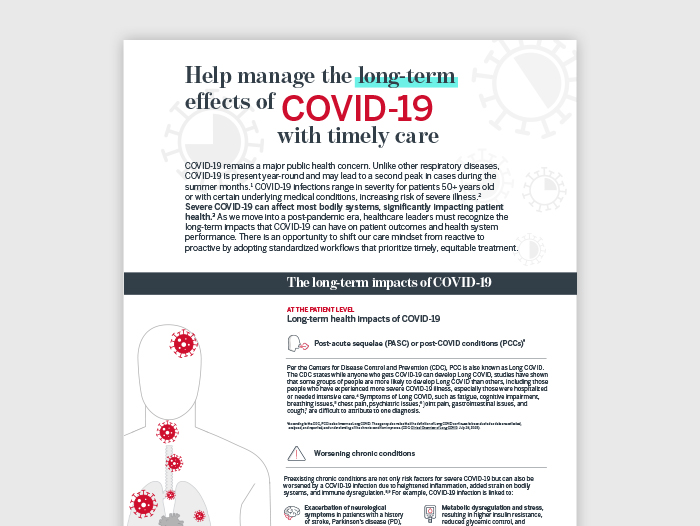Auto logout in seconds.
Continue LogoutDoximity last week released its 2025 Physician Compensation Report, which shows the highest- and lowest- paid specialties and metropolitan areas in 2024.
The highest- and lowest-paying specialties
For the report, Doximity surveyed over 37,000 full-time physicians in the United States who practiced at least 40 hours a week between January and December 2024. Doximity also analyzed data from over 230,000 compensation surveys conducted over the last six years. All responses were mapped across metropolitan statistical areas (MSAs) and the top 60 MSAs were ranked by number of respondents.
Doximity controlled for several factors in its report, including differences in geography and specialty, how long each provider has practiced medicine, and their self-reported average hours of work per week.
Overall, average physician pay increased by 3.7% in 2024, a slightly lower increase than the 5.9% reported in 2023. The growth comes amid several consecutive years of reimbursement cuts, which Doximity said many physicians worry could affect their ability to care for Medicare and Medicaid patients in the future.
When analyzing compensation by specialty, physicians in neurosurgery had the highest compensation while those in pediatric endocrinology had the lowest.
The highest- and lowest-paying metro areas
When ranking metropolitan areas where physicians received the highest compensation in 2024, Doximity found the top 10 highest-paying metropolitan areas by average physician compensation were:
1. Rochester, MN ($495,532)
2. St. Louis, MO ($484,883)
3. Los Angeles, CA ($470,198)
4. San Jose, CA ($469,878)
5. Sacramento, CA ($460,671)
6. Phoenix, AZ ($459,082)
7. Riverside, CA ($455,986)
8. Minneapolis, MN ($452,598)
9. San Francisco, CA ($449,830)
10. Charlotte, NC ($448,400)
Meanwhile, the 10 lowest-paying metropolitan areas by average physician compensation were:
1. Durham-Chapel Hill, NC ($358,782)
2. Rochester, NY ($364,160)
3. Ann Arbor, MI ($373,154)
4. Charleston, SC ($384,419)
5. Washington, DC ($386,731)
6. Providence, RI ($386,788)
7. San Antonio, TX ($389,495)
8. Boston, MA ($390,799)
9. Baltimore, MD ($392,507)
10. Worcester, MA ($397,188)
Average physician compensation increased in 54 out of the 60 metropolitan areas Doximity examined, with around two-thirds seeing growth of at least 3%.
Advisory Board's PHYSICIAN-RELATED resources
Survey insights: What to know about the clinician workforce today
- Becoming the physician employer of choice
- Provider compensation model not working? Here's how to fix it.
- Gaining an edge on the competition: The key to winning and retaining physician talent.
- Implications of the new era of physician employment
While inflation in 2024 returned closer to pre-pandemic levels, Doximity noted that physicians are still feeling the effects of multiple years of high inflation, including 7% in 2021 and 6.5% in 2022, alongside ongoing Medicare payment cuts. According to the American Medical Association, Medicare physician payment has dropped 33% since 2001, adjusting for inflation.
Gender pay gap among physicians persists
While physician compensation increased 3.7% in 2024, Doximity found the increase in compensation has done little to close existing pay gaps in the profession. For example, while average compensation for men rose 5.7% in 2024, it rose just 1.7% for women, which widened the gender pay gap to 26% compared to 23% in 2023.
On average, women physicians earned $120,917 less than men physicians after adjusting for specialty, location, and years of experience.
Among all specialties examined in the report in 2024, women had lower average earnings than men, with the largest gender pay gap seen in pediatric nephrology and the lowest in neurosurgery.
Physicians express concern about the future of Medicare and Medicaid
In June, Doximity surveyed over 1,100 U.S. physicians across specialties and found that 17% said they or their organization reduced the number of Medicare or Medicaid patients they see in the past 12 months due to reimbursement concerns, while another 13% said they're likely to do so in the future. Meanwhile, 3% said they hadn't seen Medicare or Medicaid patients at all during that time.
While most of the physicians surveyed said they don't expect to reduce the number of Medicare or Medicaid patients they see, the majority expressed concern about their ability to serve these patients going forward.
In total, almost 60% of physicians said they were either concerned or very concerned that reimbursement pressures will affect their ability to care for Medicare or Medicaid patients in the next 12 months.
The impact of the physician shortage
According to the Association of American Medical Colleges, the United States is expected to be short 86,000 physicians by 2036. Other estimates from the U.S. Health Resources and Services Administration suggest a shortage of 187,130 full-time equivalent physicians by 2037.
Among the physicians surveyed by Doximity, 89% said their clinical practice has been affected by the shortage and nearly 21% described it as "severe" with many reporting significant strain because of it, including burnout, overwork, and lower job satisfaction.
In addition, more physicians in this year's survey compared to the previous year's reported an inability or limited ability to accept new patients.
"This year's study reflects a profession that's been under strain for years," said Amit Phull, chief clinical experience officer at Doximity. "Pediatricians and pediatric subspecialists, in particular, are facing acute challenges. They're caring for some of the most vulnerable and complex patients in medicine, yet persistently lower pay and reimbursement threaten both workforce stability and patient access to care."
Don't miss out on the latest Advisory Board insights
Create your free account to access 1 resource, including the latest research and webinars.
Want access without creating an account?
You have 1 free members-only resource remaining this month.
1 free members-only resources remaining
1 free members-only resources remaining
You've reached your limit of free insights
Become a member to access all of Advisory Board's resources, events, and experts
Never miss out on the latest innovative health care content tailored to you.
Benefits include:
You've reached your limit of free insights
Become a member to access all of Advisory Board's resources, events, and experts
Never miss out on the latest innovative health care content tailored to you.
Benefits include:
This content is available through your Curated Research partnership with Advisory Board. Click on ‘view this resource’ to read the full piece
Email ask@advisory.com to learn more
Click on ‘Become a Member’ to learn about the benefits of a Full-Access partnership with Advisory Board
Never miss out on the latest innovative health care content tailored to you.
Benefits Include:
This is for members only. Learn more.
Click on ‘Become a Member’ to learn about the benefits of a Full-Access partnership with Advisory Board
Never miss out on the latest innovative health care content tailored to you.



